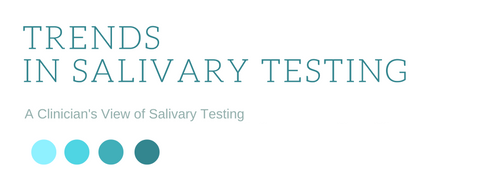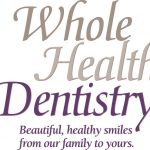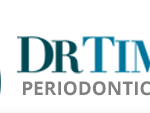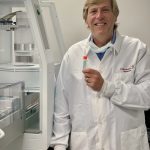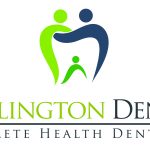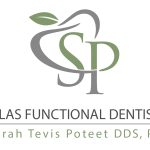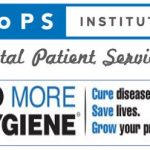
With all the factors that impact consumers today, the case acceptance equation has shifted. There are some new rules to the game. Getting your team on board with important innovations and techniques such as salivary diagnostics and systems for being a “yes” practice has never been more critical. Total Immersion Online and No More Hygiene Online for the entire team are events where we take your case acceptance skills to where they need to be to hear “Yes” today!
Here is what you and your t...
Read More
